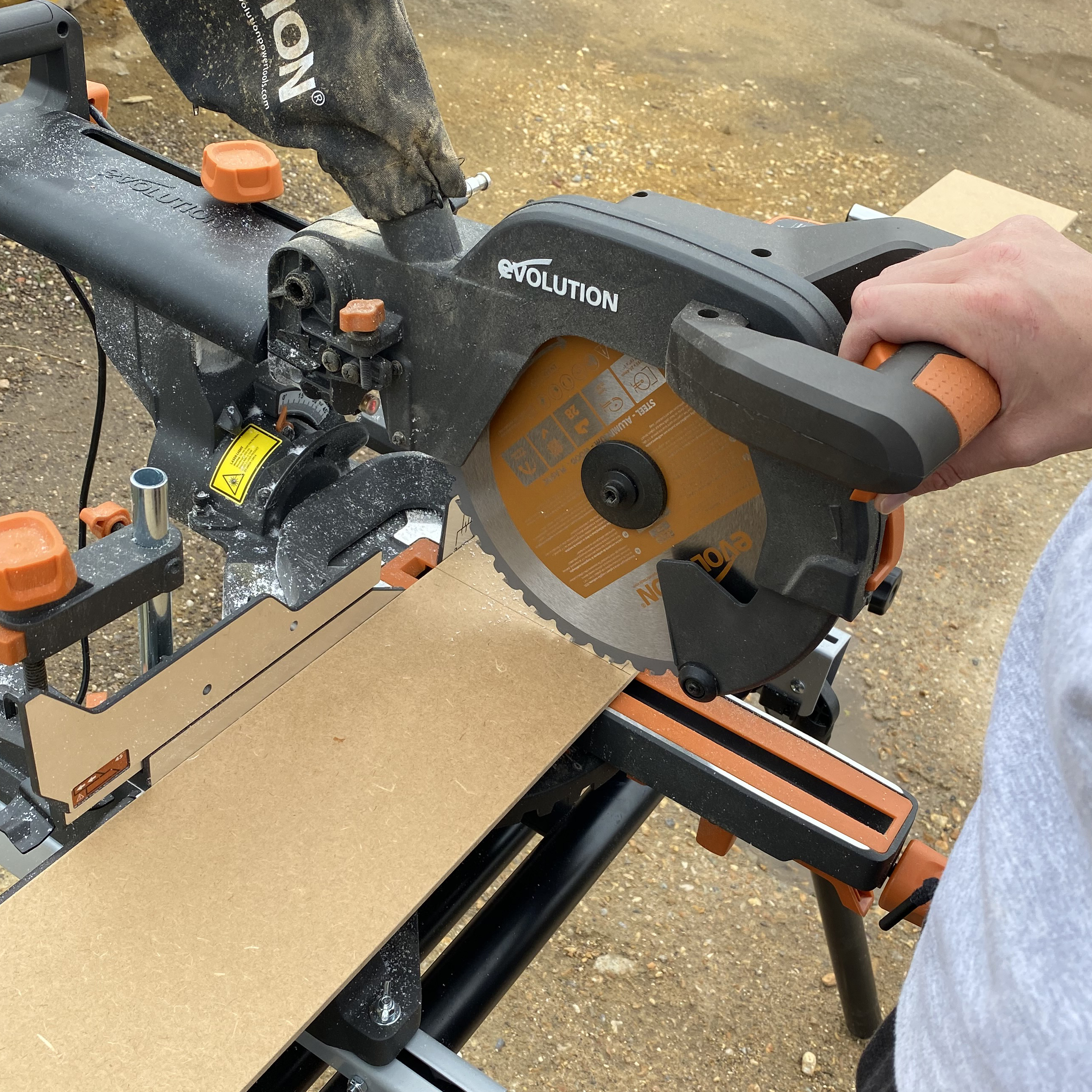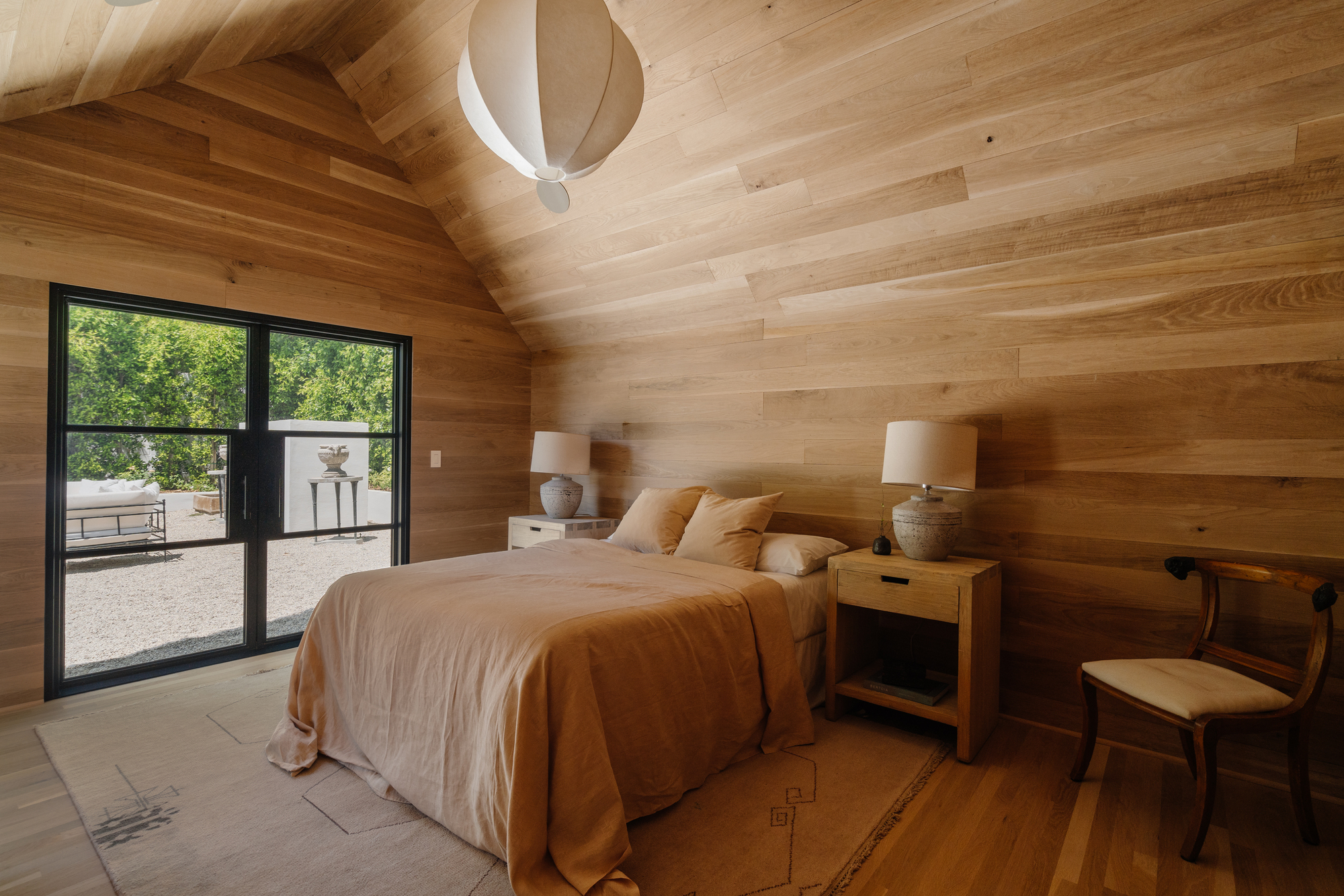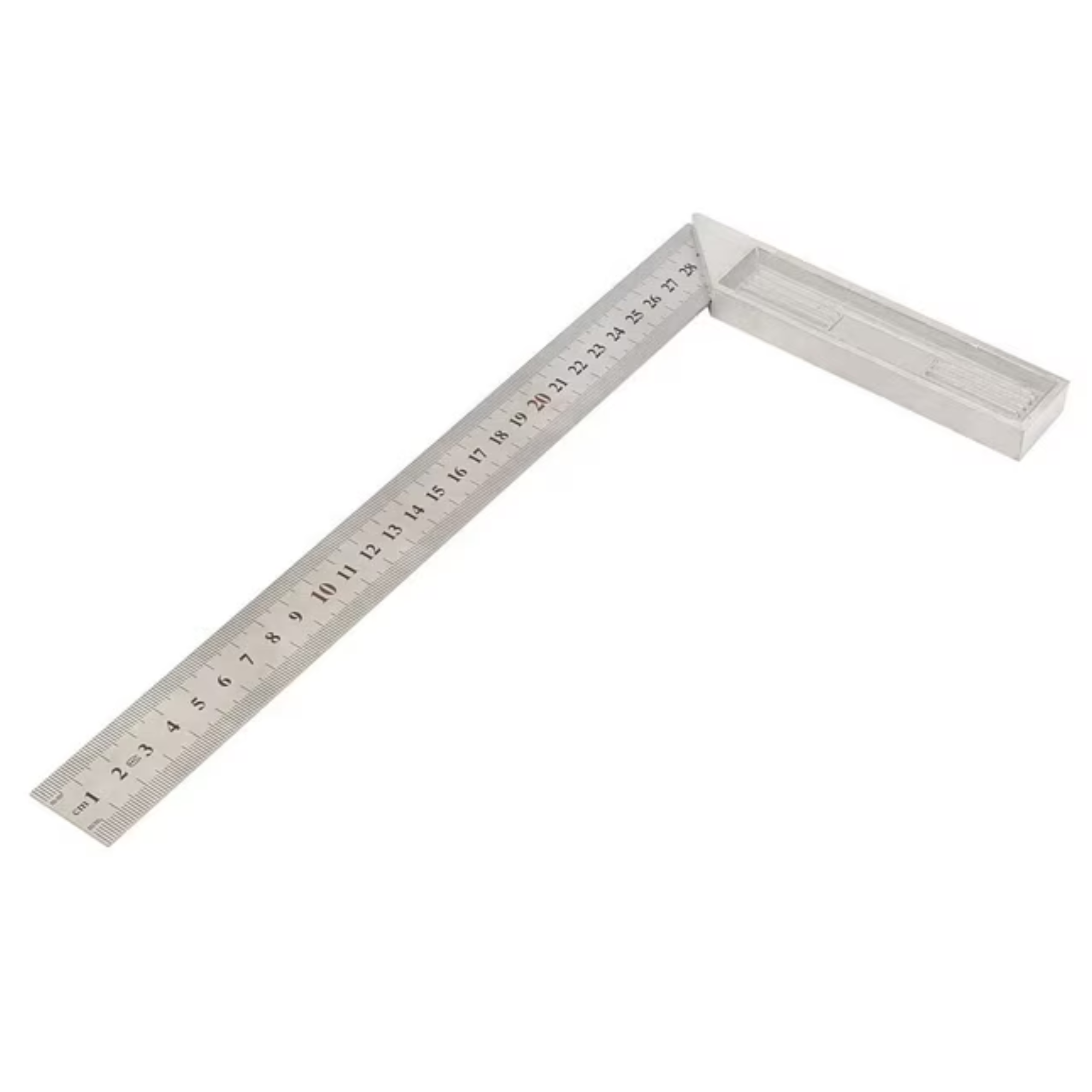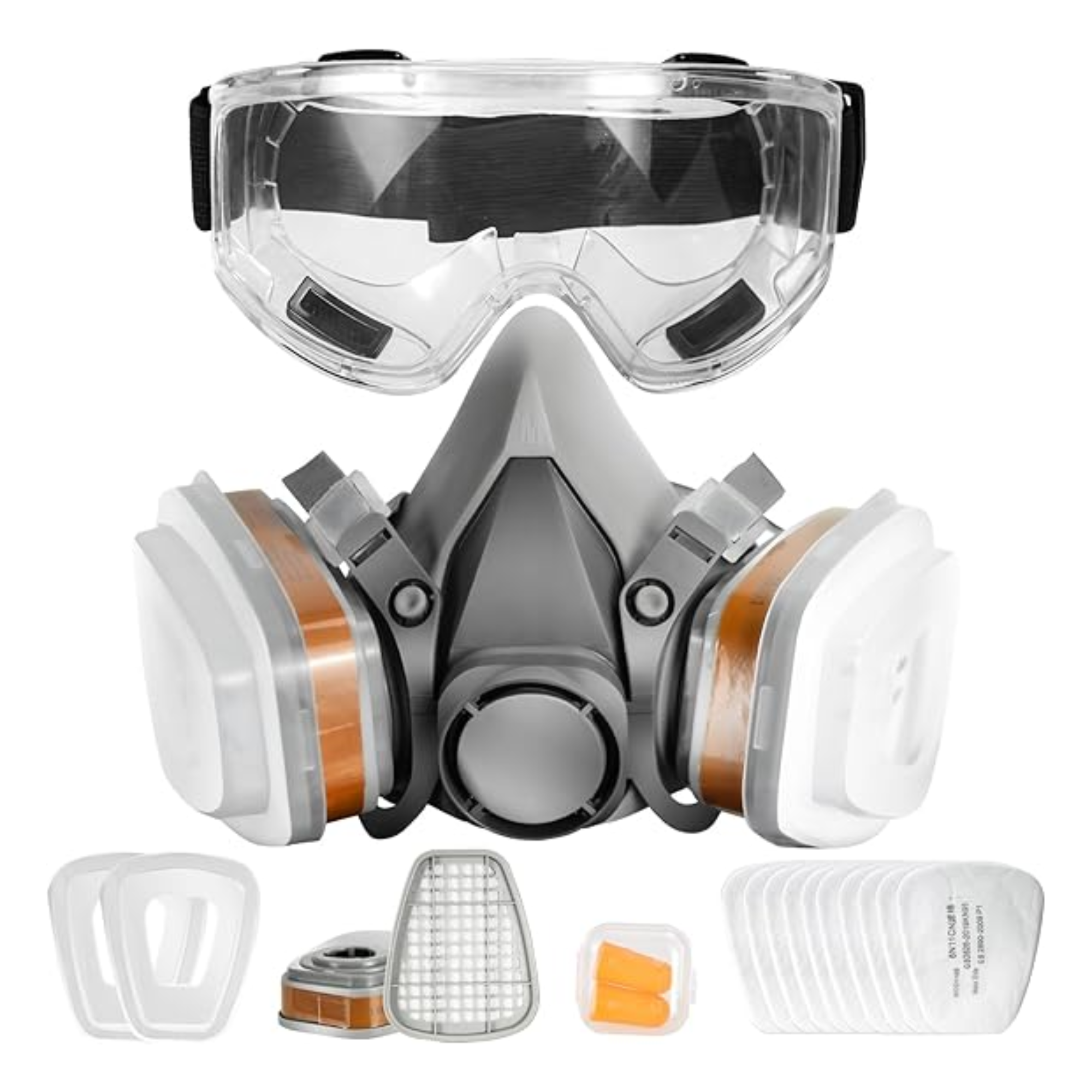How to Cut Paneling — What to Use to Ensure You Get Accurate Cuts and a Good Finish Every Time
Panel cutting advice from the experts so you create a timeless look for your walls on a budget


We're all for saving some cash and going the DIY route instead. Besides going easy on the pocket, making your own home decor or even small accent pieces of furniture is a fun project to take on. Plus, there's the added advantage of customizing it to your heart's content.
Although DIY paneling may seem like a challenging task, It's not as bad as you might think! Why not jump out of your comfort zone and give it a chance? Afterall, there is much reward in creating and crafting the space you love — for yourself. All you need are the right tools, a little practice, and a good guide to help you on your way.
So we had the experts answer all our questions and they've given us everything we need to know to prop those once tricky DIYs back on our list. If you have some wall paneling ideas that you've been meaning to try out, this is your sign to dust off your tools and get to work.
What You'll Need

First things first, it's best to understand what you need before putting any modern wall paneling ideas into action. Kristin Hintlian, co-owner of Bonsai Builds, tells us that these are the tools you need for accurate wall paneling:
· Circular saw
· Clamps
· Straightedge
· Safety gear like glasses and gloves
· Sanding block
It's best to opt for high-quality tools that are known for their efficiency as these tools are likely the safest to use. And it'll make your money back over time as you use it for all your home projects.
How to Cut Paneling

A chop saw is easier to use for the short cuts across each piece of paneling board.
Now that you have the apparatus needed to cut your wood paneling, Kristin explains that the rest of the process is fairly straightforward. Whether you're working on some DIY kitchen paneling or you need a couple of panels for a piece of accent furniture, these are the steps to follow for error-free cutting.
To begin, Kristin recommends measuring, marking, and clamping your straightedge in place as a cutting guide. You'll need to use a circular saw (fixed into a table with a guide for a truly straight edge) to cut your panels to the right width. If you're able to find a pre-cut paneling pack, you won't need to make the lengthways cuts, only the short cuts across as required. A chop saw is easier for this job than a classic circular saw.
"Then, make multiple shallow passes with the saw," she says. "Clearing sawdust with each gradual pass," Kristin adds.
She recommends going slowly to avoid splintering the material. By taking your time with the process, you can ensure your own safety and the precision of the cut as well.
Repeat this process over for all your panels and exercise caution when operating the circular saw.
What Do I Do With It After It's Cut

Once you're done cutting your panels, there are a few extra steps you should take to make sure your panels are ready to use.
According to Nick Chatzigeorgakis, founder of Intrabuild, these are the final steps to check off before proceeding with installation:
Step 1: "Lightly sand the edges for a smooth finish," he says. This will get rid of any splintering and make the wood safe for home use.
Step 2: Wipe down the paneling and seal the edges. Nick tells us that this is an important step and we find that it'll keep your wood in top shape for a longer period of time.
Step 3: "Caulk seams for a professional touch," says Nick. By caulking the seams, you can get rid of any cracks and ensure that the panel looks seamless from every angle. We recommend adding this waterproof caulk and seal from Amazon to your DIY arsenal.
That's about everything you need and all the information you should know before embarking on any DIY that requires paneling. Nick tells us that patience and good tools are the keys to any home project. "As an architect, I've found that accuracy comes from investing in quality tools and not rushing," he notes. "For DIYers, following the same careful process will yield professional results."
So keeping Nick's words of wisdom in mind, you can get to tackling your list of weekend projects. And while you're at it, finally cut your own paneling for any project that calls for a sleek wood finish.
FAQs
What is the easiest way to cut paneling?
A circular saw is by far the easiest way to cut paneling. Not only does it help in terms of efficiency but it's also the best tool to use for non-traditional panel shapes. For best results in the form of precise cuts, operate the circular saw with a track.
Can you cut hardboard with a knife?
While you can technically use a knife to cut hardboard, it might take a few runs to fully cut your paneling. So even though it's possible, it's not recommended. It's doable if you're using a knife for a small-scale DIY. However, it's better to use a circular saw for large-scale DIYs.
Be The First To Know
The Livingetc newsletters are your inside source for what’s shaping interiors now - and what’s next. Discover trend forecasts, smart style ideas, and curated shopping inspiration that brings design to life. Subscribe today and stay ahead of the curve.

Amiya is a Home Wellness Writer at Livingetc. She recently graduated with a Masters Degree in Magazine Journalism from City, University of London, and has lent her words to beauty, fashion, and health sections of lifestyle publications including Harper’s Bazaar and Women’s Health. Her experience as a research analyst has equipped her with an eye for emerging trends. When she’s off the clock, she can be found reading, listening to music, or overanalyzing her latest Co-Star update.
-
 The Weighted Blanket That Doesn’t Make You Sweat (and the Eye Mask to Match)
The Weighted Blanket That Doesn’t Make You Sweat (and the Eye Mask to Match)Luxury has weight. And apparently, volcanic minerals
By Julia Demer
-
 What Is Biophilic Interior Design? I'm an Actual Biophilic Designer, and This Is How to Apply It to Your Home
What Is Biophilic Interior Design? I'm an Actual Biophilic Designer, and This Is How to Apply It to Your HomeA biophilic designer explains the core principles of this practice, and the easy ways you can apply it to your home's design
By Marianna Popejoy





